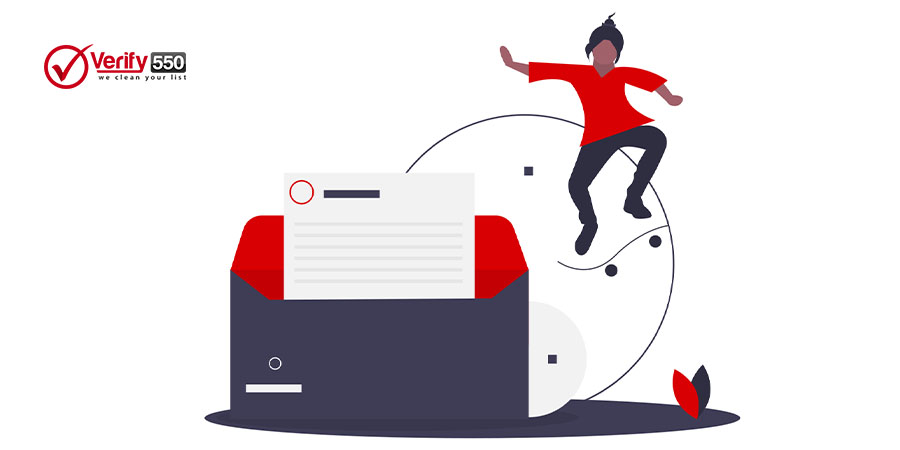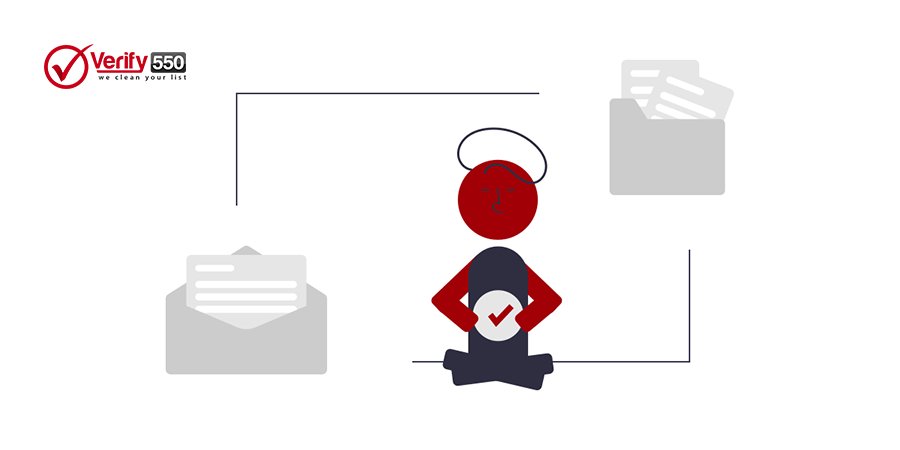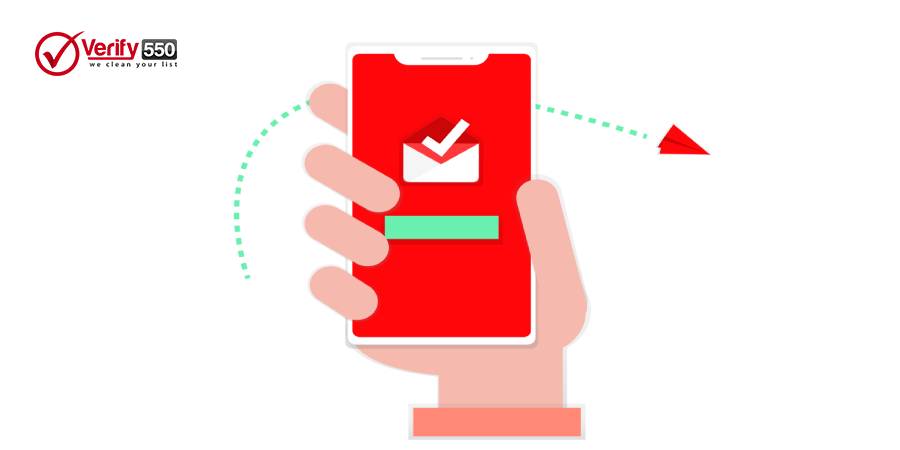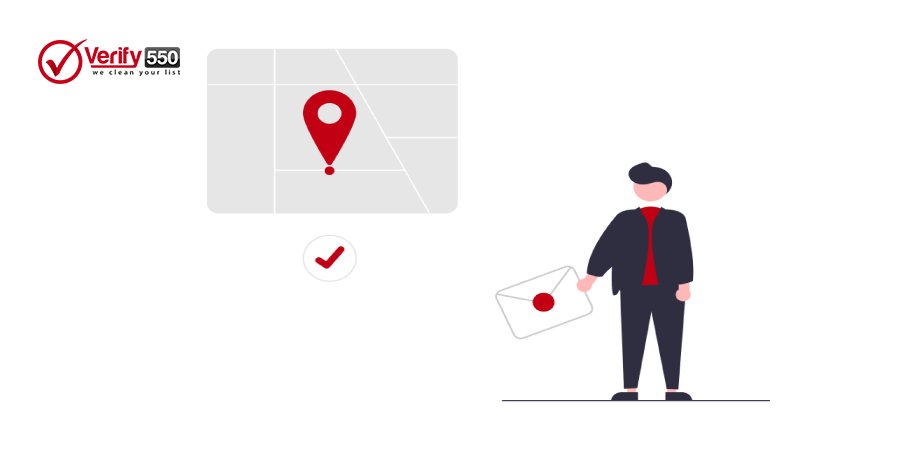Guideline to Email scrubbing: Why and When Should You Use It
Guideline to Email scrubbing: Why and When Should You Use It
Email scrubbing enables you always to keep your subscriber list healthy and efficient. Let’s say it has invalid addresses or subscribers who no longer want to know about you or what you have to offer. In that case, they become part of a more significant issue– your email deliverability.
What is Email Scrubbing
Scrubbing your mailing list means removing or eliminating every email address on your list that rarely opens, reads, or engages with your messages.
It may be challenging to acknowledge that you have to remove every generated email address from your mailing list. In addition, your mailing list must be massive for your business to flourish, right?
Wrong.
There is more significance in a high-quality mailing list than a massive list with many disinterested and unengaged individuals.
Scrubbing your mailing list will enhance its performance even if it has become a bit less than what it used to be.
Scrubbing your email list removes unengaged users, ensuring that your email marketing campaigns are sent only to the people that are interested in what you have to say and are interested in engaging with your email marketing campaigns.
Maintaining your email list hygiene requires you to conduct email scrubbing at least twice a year.
Two major indications that you need an email list scrubbing
So, how do you determine when you have to scrub your mailing list and how frequently? There are a few indicators that you have to attend before you can plan out the scrubbing process.
1. Focus on your email marketing statistics
The very first indicator that you can obtain is your email marketing statistics. Keep an eye on these statistics to find out how your mailing list is working.
There are a few key metrics you need to evaluate:
Open rates for emails:
Your email open rate is generally the number of email subscribers who actually opened and read your email.
This is an extremely important metric since it tells you exactly how many people on your mailing list are still interested. A good email open rate should be in the range of 20-40%.
Click Through Rates:
This refers to the percentage of subscribers who click on one or more links in your email after opening it.
You can tell from this indicator whether your subscribers are just skimming your emails or if they are taking the time to read them and consider the products and services you offer.
Bounce Rates:
The bounce rate shows you the number of recipients who did not receive your email in their inbox for various reasons. The bounce rate is divided into two types, hard bounce and soft bounce.
In case you notice any of these metrics declining, it’s time to scrub your emails.
2. Track unsubscribes and spam complaints
This is the next step after you’ve reviewed your main email metrics. Make sure you check each of your marketing campaigns for unsubscribes and spam complaints.
If your unsubscribe rate and spam complaints increase, you should scrub your list as soon as possible. It means that some of your email recipients are no longer interested in receiving your emails, and they wish to stop receiving them.
This basically means that those people may opt out within the next few months, so take them off your list yourself to make everyone’s life easier.
Email list cleaner ensures you only send emails to the right people and that no one reports your messages.
Further, having a good reputation as a sender will ensure that your emails will receive more response and click-throughs. A clean email list will allow you to spend less on costs and bounce rates over time, so that you can make more sales and improve brand visibility.
As you now know the importance of regularly scrubbing your email list, you should act so that your email metrics improve and delivery rates increase.









